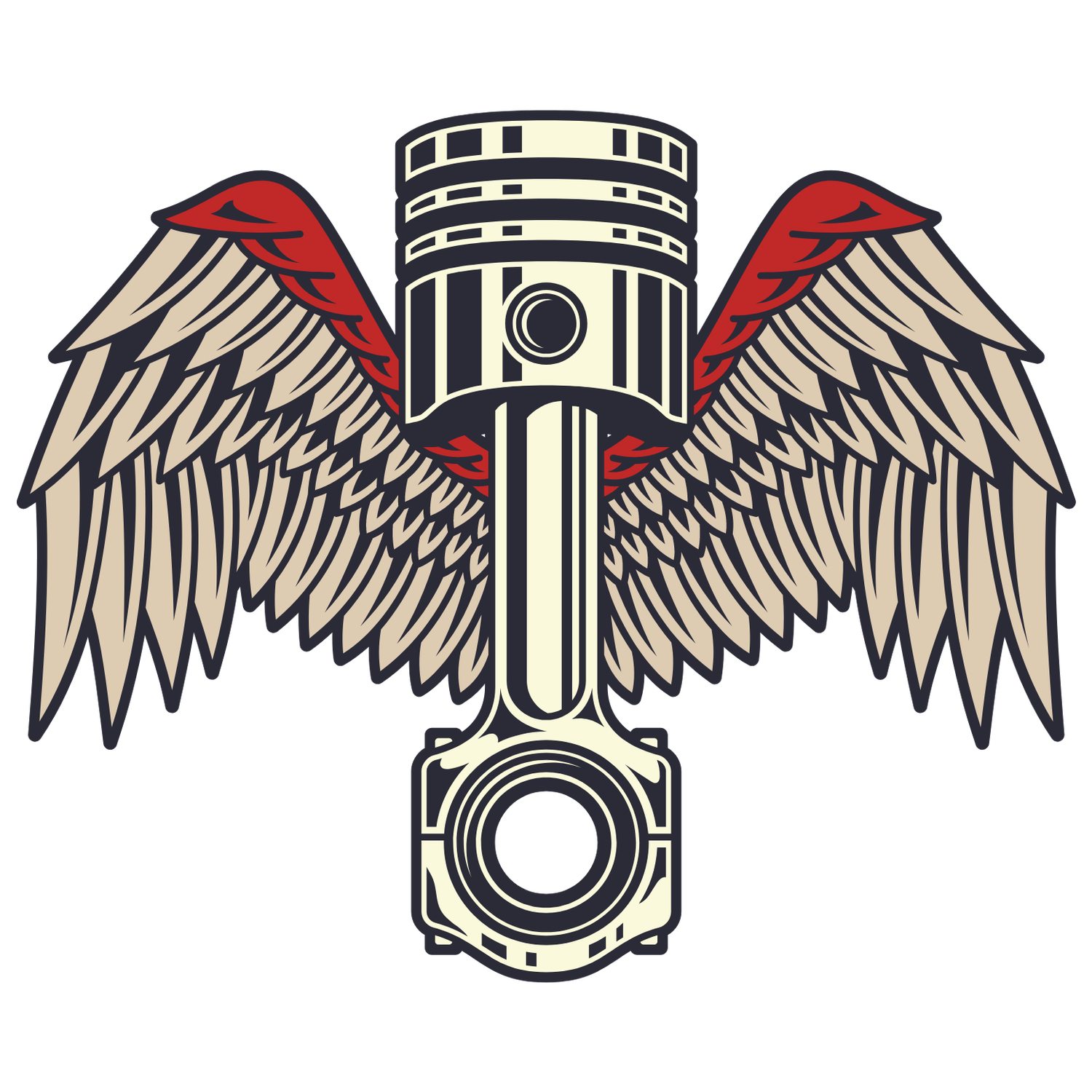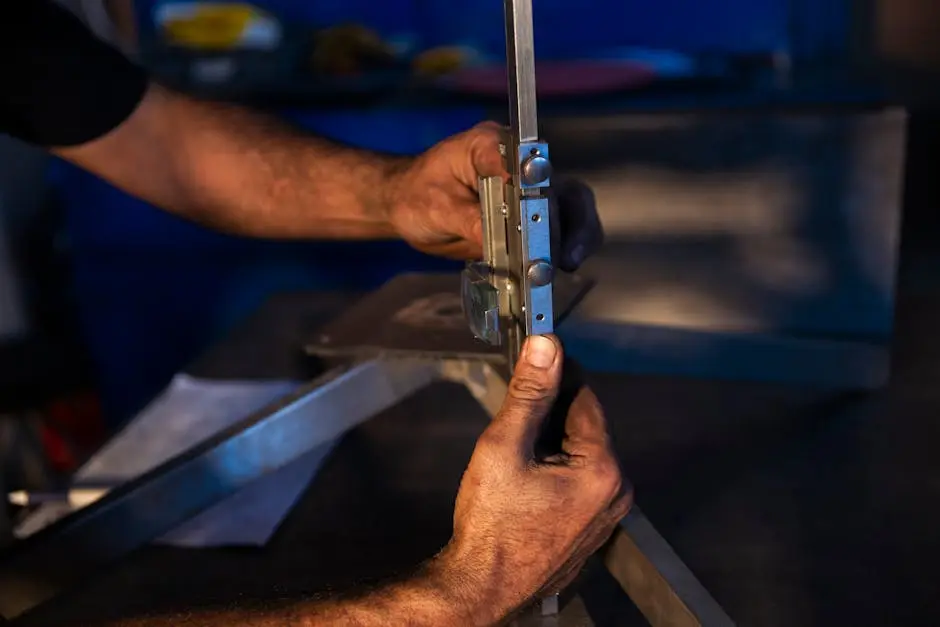The Art of Surface Grinding: Precision Techniques for Engine Performance in LA
Surface grinding is an essential process in the world of engine performance, particularly here in LA, where precision and excellence are expected. In this blog, we'll explore the critical techniques that enhance engine performance through surface grinding. Whether you're a seasoned professional or a curious enthusiast, understanding the artistry of surface grinding can elevate your skills and your engine's efficiency.
What is Surface Grinding and Why is it Important?
Surface grinding is a crucial machining process that ensures smooth, flat, and precise surfaces on engine components. It's important for achieving optimal fits and reducing friction, which ultimately boosts engine performance.
At its core, surface grinding involves using a rotating wheel covered in abrasive particles to remove material from a workpiece. While it may sound simple, the precision required in this process is where the real artistry lies. Every engine component, from the cylinder head to the crankshaft, benefits from this meticulous attention to detail.
But why is surface grinding so vital? When components fit together perfectly, it minimizes vibration and enhances power transfer, ultimately leading to improved performance. In a city like LA, where high-performance engines are the norm, this process is not just an option—it's a necessity.
Essential Tools and Equipment for Surface Grinding
To successfully execute surface grinding, you need the right tools. This section discusses the must-have equipment, from precision surface grinders to cutting wheels, and how each contributes to achieving desired results.
Key to a successful grinding operation is the surface grinder itself. These machines come in various forms, but the best ones offer adjustable speeds, robust construction, and precise calibrations. Additionally, it's important to consider the type of grinding wheel you use—different materials and grit sizes will produce different finishes, essential for the specific requirements of your engine components.
You'll also want to invest in quality coolant systems. These systems help to keep the grinding wheel cool and prevent material from warping during the grinding process. Maintaining optimal temperature is paramount in achieving a high-quality finish, as heat can distort the shapes of your components.
Techniques for Achieving Precision in Surface Grinding
This section delves into various techniques that ensure precision during the grinding process, including controlling feed rates, selecting the correct wheel type, and maintaining a consistent surface finish.
One of the most vital aspects of surface grinding is controlling the feed rate—the speed at which the workpiece moves against the grinding wheel. Slower feed rates generally lead to a finer finish, but they may also increase the risk of overheating. Hence, it’s all about finding that perfect balance that suits your specific project.
Additionally, understanding the different types of grinding wheels can make a world of difference. An aluminum oxide wheel works well for steel parts, while a silicon carbide wheel is better suited for materials like cast iron. Mixing these up can lead to frustrating results, so proper selection is essential.
Common Mistakes to Avoid in Surface Grinding
Surface grinding can be tricky, and mistakes can be costly. Here, we highlight common pitfalls, how to avoid them, and tips for ensuring high-quality finishes every time.
One major mistake is not taking the time to set the machine properly. Skipping calibration might seem like a time-saver, but it can lead to severe inaccuracies. Regularly checking the setup, including the workpiece alignment and the wheel dressing, can help avoid disappointing results.
Another common error is neglecting the importance of coolant application. Insufficient coolant not only leads to poor surface finish but can also damage both the wheel and the workpiece. Ensure that your coolant system works efficiently and consistently throughout the grinding process.
Real-World Applications: Surface Grinding in Engine Performance
Understanding how surface grinding impacts real-world engine performance is crucial. This section looks at case studies and examples of how effective grinding has transformed engines in the automotive industry.
For instance, a well-known case involves a Los Angeles racing team that implemented advanced surface grinding techniques to their cylinder heads. By optimizing surface finishes, they achieved more torque and horsepower, showcasing just how pivotal this process is in the racing world.
In another example, a local automotive workshop focused on restoring vintage cars found that surface grinding significantly improved the fitment and efficiency of their rebuilt engines. By carefully grinding parts back to their original specifications, they delivered exceptional performance while maintaining authenticity—a win-win for any classic car enthusiast.
The Future of Surface Grinding Techniques
As technology evolves, so do surface grinding techniques. Here, we explore innovative advancements and their potential for enhancing engine performance even further.
Recent developments in CNC technology have revolutionized surface grinding, allowing for unparalleled precision and repeatability. While traditional methods have their value, the future will likely lean more towards automated processes that take the human error factor out of equation. Imagine a world where grinding parameters are adjusted in real-time based on feedback systems—this is no longer science fiction!
Moreover, the emergence of new abrasive materials is paving the way for even finer finishes. Researchers are exploring synthetic diamonds and advanced ceramic materials that promise not only to improve lifespan but also deliver superior surface quality—a game changer for engine performance.
Elevate Your Engine Performance
Mastering the art of surface grinding isn't just about technique; it's about understanding the nuances that influence engine performance. By implementing these precision techniques covered in this blog, you can significantly enhance the performance of your engine. Remember, every great engine starts with a solid foundation. Embrace these practices, and watch your capabilities soar.

